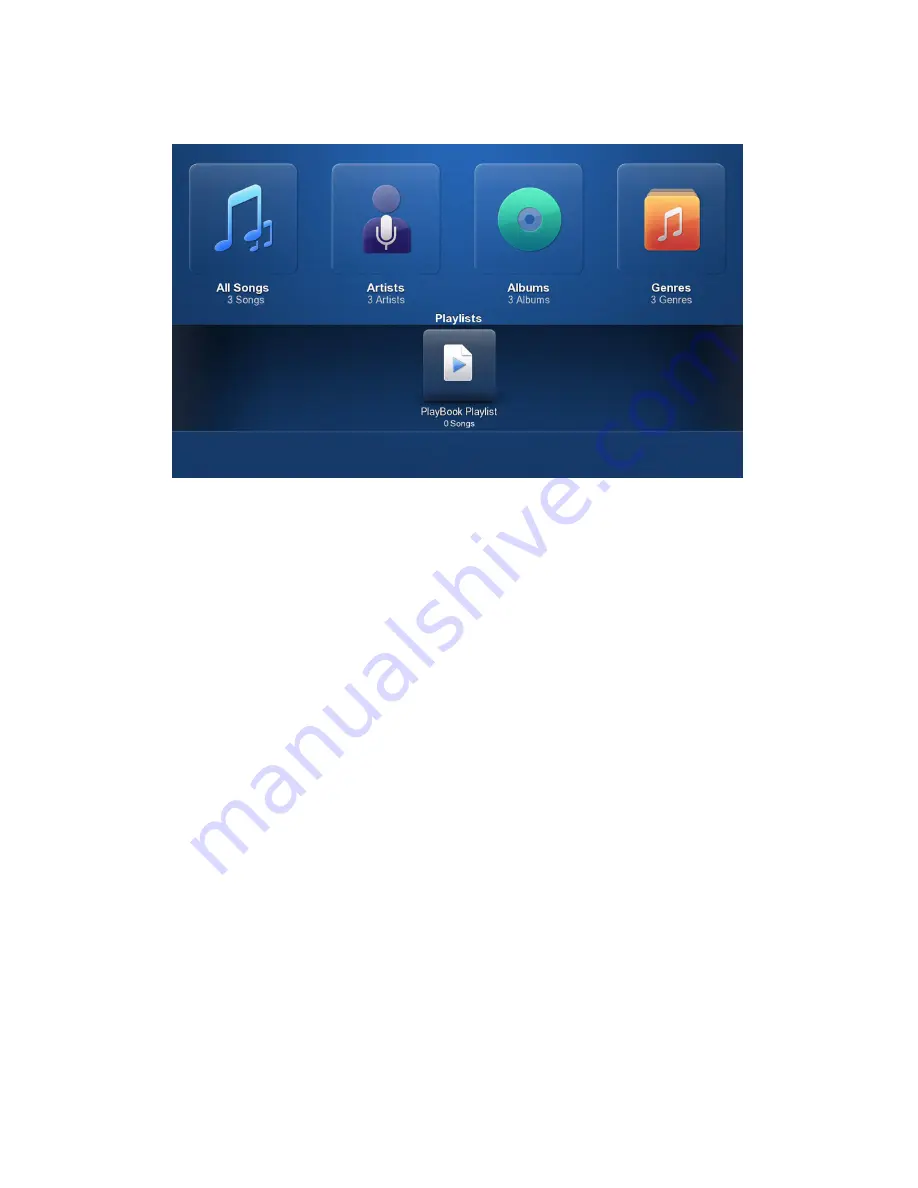
Make your application easy to use by taking intuitive action when users interact with the content. Instead of populating
screens with UI components such as buttons and scroll bars, try to create an experience where users interact with the
content itself. For example, when users tap an album, your application should display the list of songs in the album. Users
should also be able to tap an album to open it instead of highlighting the album and tapping a button labeled Open.
You can place frequently used UI components on the main screen, but do so judiciously. Reserve the majority of the screen
for users to interact with the content in your application. If you include a UI component, make sure that you give users an
unobstructed view of the content. For example, display media player components at the bottom of the screen to allow
users a clear view of the list of available songs.
Simplify the functionality
Identify a single purpose for your application. Try to identify the one goal that you want your application to achieve, and
then design your application to support that single purpose. For example, the main purpose of an application that manages
pictures might be to "remember that moment."
UI Guidelines
Design principles
10

























